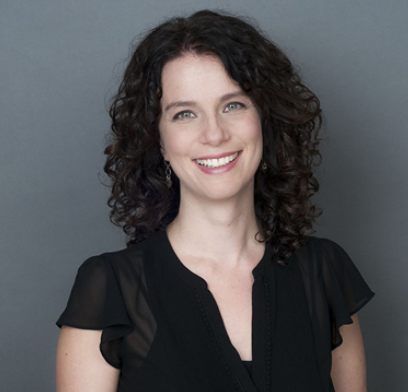The 2021 Shift From Reactive To Creative

When the world changed so dramatically in March 2020, we were all catapulted into a reactive mode. Many leaders, particularly those who thrive in change, quickly assessed the new landscape and began to put things into place to help themselves and their teams navigate their way forward. They reacted fast hoping to get ahead of the uncertainty.
Others, who were perhaps less comfortable with change, or who frankly were just shell-shocked, took longer to find their footing. They worried about doing it right, also feeling the pressure to make this ambiguity more clear.
There were many challenges that leaders had to deal with in 2020 – things like having to find new ways to communicate remotely, continue to build relationships on the team and across the organization, deal with performance issues online, and manage their own as well as their team’s wellbeing, since the boundary between work and home was non-existent.
As the year unfolded, people found their groove, and leaders continued to problem-solve the issues that surfaced. Amazingly, productivity remained high; work was getting done. Leaders successfully established new norms and expectations based on what the current reality called for. Many leaders stayed the course and kept going, which was good for productivity; however, it was exhausting to be in this reactive mode and many leaders came very close to burnout.
We’re halfway through 2021, and the challenge now is making the shift from this reactive mode to a creative one that allows us to build something purposeful, impactful, and able to support a profound shift in the way we work.
As we start to reopen there has been overwhelming feedback that many people desire a hybrid model, where they can continue to work remotely at least some of the time. This will dramatically change how people work together and how organizations create a cohesive culture. The stakes are high, and the path forward is unclear.
We have to create a new blueprint for a hybrid workplace that hasn’t been tried before.
The reactive mode we’ve been in, with all it’s speed, urgency and intensity, worked for what was needed in a crisis; however, it will hold us back moving forward. Now, as we grapple with what the new post-Covid workplace will look like, we require a truly open mind that can nurture curious exploration, a willingness to experiment, greater collaboration, creative thinking, and genuine empathy for everyone in the organization.
When we build something from nothing, anything is possible. And while this offers lots of opportunity, it can also be extremely daunting.
Some workplaces are building a slow ramp back to everyone in the office, but many are playing with very different scenarios that will allow employees the flexibility to work from home at least some of the time. It’s unclear where exactly to start thinking about this new model. Nobody knows what will work well and what should be avoided, how to measure success, how to accommodate widely different needs, what will be expected of both leaders and employees, and how organizations will be able to adapt thoughtfully and effectively. One thing is clear – organizations will have to approach this challenge with a mindset of curiosity, empathy and innovation.
This will take vision and courage – you will need to put a stake in the ground, knowing you might be wrong.
Here are a few things we know will make a difference:
This is a prototype, so go in with that mindset. You will need to pay close attention and adapt as you go! You will make mistakes, hit walls, feel lost, but that’s the nature of operating in complexity.
You can’t do this alone – have leadership colleagues with whom you can brainstorm and share support.
Be open and transparent with your team about your vision, hopes, and fears. Invite them into the challenge with you.
Listen with curiosity and compassion – this won’t be easy for everyone.
Celebrate all wins, especially the small ones.
Clarify your core values and use them as a foundation to help you make leadership decisions.
Expect discomfort (aka, anxiety, overwhelm, stress, worry, etc). You can’t navigate change without being uncomfortable. So welcome it, and bring a focus to managing your physical, mental, and emotional wellbeing.
As you move from a reactive mindset to more of a creative one, and consider how the hybrid model is going to work for you and your organization, be patient AND bold. The future of work is shaping itself before our eyes, and it will require us to bring the best of ourselves to the process.
Photo by Jr Korpa on Unsplash

Tamar partners with leaders and teams committed to growing their leadership capacity and impact. She has extensive experience with clients from the private, non-profit, and public sectors, and has worked with clients from a variety of industries including healthcare, education, finance, communications, marketing/sales, and media. Read more about Tamar

